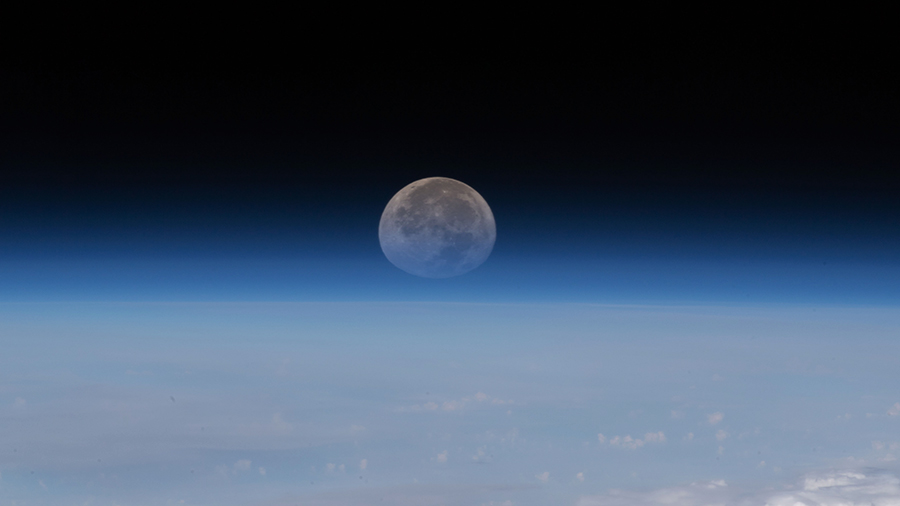Aging, Heart Studies on Station Ahead of Cygnus Reboost Test

The seven-member Expedition 67 crew split its time with a variety of human research and lab maintenance tasks on Thursday. A U.S. resupply ship is also gearing up for a test of its ability to reboost the International Space Station this weekend before its departure next week.
NASA and its international partners continuously explore how living in space affects the human body. Numerous experiments investigate how space station crew members adapt to weightlessness during their months-long missions. Scientists on Earth gain insights into how the human physiology changes and inform ways to sustain crew health over the course of a long-term space mission.
NASA Flight Engineer Kjell Lindgren explored how living in space speeds up aging-like symptoms in humans today. He collected and stowed his blood and urine samples for the Phospho-Aging study that seeks to understand the molecular mechanisms behind the rapid loss of bone and muscle mass that takes place in microgravity. Results may inform countermeasures to keep astronauts healthier longer in space and improve the lives of aging citizens on Earth.
Astronauts Samantha Cristoforetti of ESA (European Space Agency) and Jessica Watkins of NASA worked throughout Thursday on station upkeep activities. Cristoforetti replaced centrifuge components inside the BioLab, a research facility that studies the effects of space and radiation on single celled and multi-cellular organisms. Watkins rearranged computer hardware and installed new science computer software in the Destiny laboratory module.
NASA astronaut Bob Hines, along with Lindgren, trained on a computer to remain proficient in SpaceX Crew Dragon vehicle operations. Hines also joined Watkins continuing to film and narrate station operations for downlinking to train astronauts scheduled on future missions.
Cosmonauts Oleg Artemyev and Sergey Korsakov attached sensors to themselves today monitoring their cardiac activity. Artemyev then activated Earth observation gear while Korsakov unpacked Russian cargo and worked on hatch sealing mechanisms. Flight Engineer Denis Matveev configured radiation detectors and measured the radiation environment aboard the orbiting lab.
NASA and Northrop Grumman have given the go for Cygnus to try another reboost attempt on Saturday that would lead to Cygnus potentially departing the station on Tuesday, June 28. The reboost is designed to provide Cygnus with an enhanced capability for station operations as a standard service for NASA.
from Space Station https://ift.tt/idtK0e2
Comments
Post a Comment